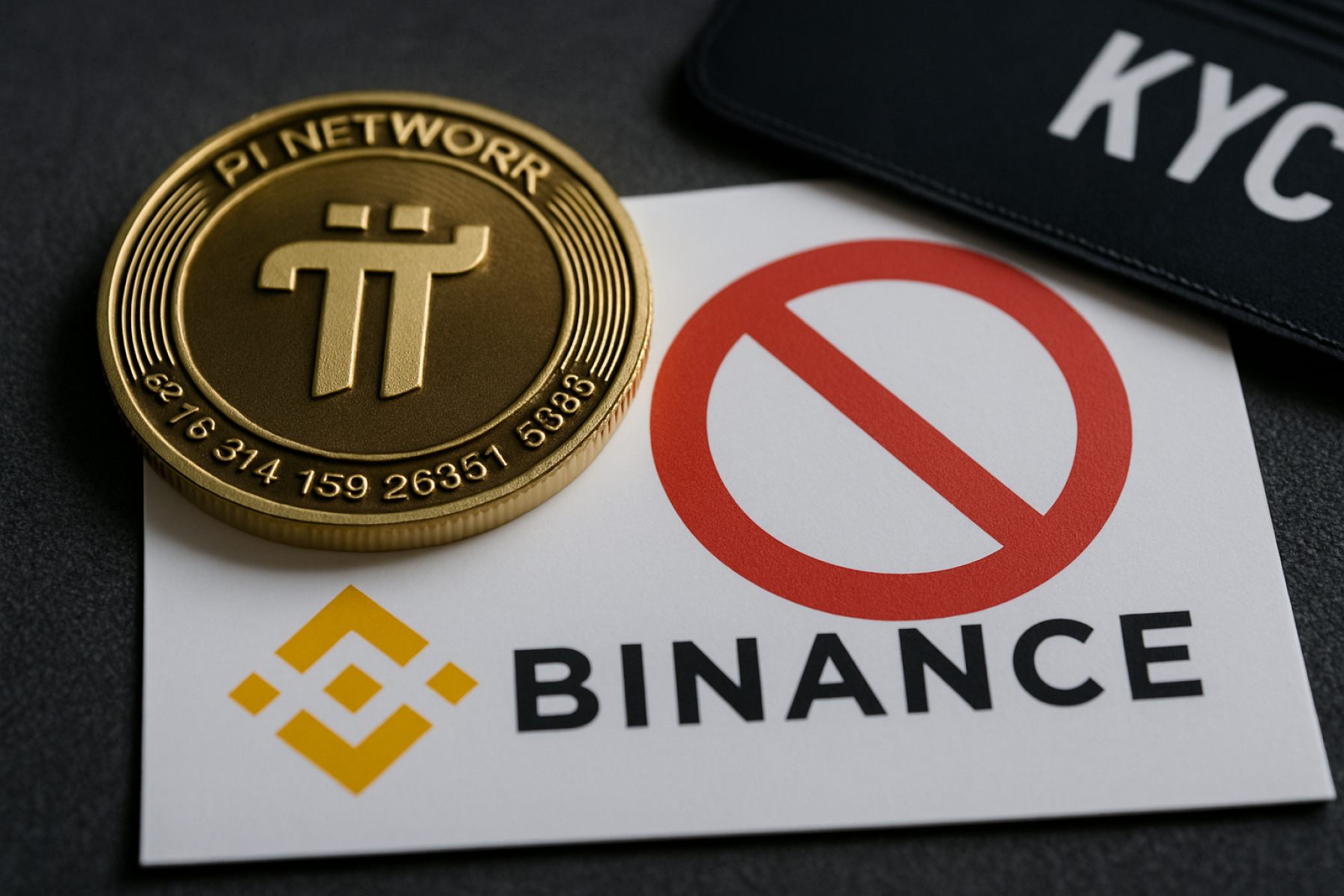Pi Network Faces Backlash as Poll Reveals Most Users Oppose Binance Listing—Here’s Why
An X poll shows most Pi Network users don’t want a Binance listing yet. KYC issues, locked tokens, and wallet problems fuel the debate.
- 60%+ of Pi Network users polled say “No” to Binance listing
- KYC Delays: Some users waiting over 1 year for approval
- 10%+ Drop in Pi price last week, now at $0.6526 (CoinMarketCap)
- March 14, 2025: Deadline to complete KYC or lose Pi tokens
The Pi Network shocked its community this week after a viral poll revealed most users want to slam the brakes on a potential Binance listing. The primary reason? A mountain of unresolved problems festering within the project.
Users voiced frustration, mainly blaming the broken KYC (Know Your Customer) system for slow progress. Many highly engaged miners claim they’ve spent months or even years stuck in KYC limbo, powerless to unlock their hard-earned Pi tokens.
A deeper dive shows it’s not just red tape. The Pi ecosystem’s unique “security circle” KYC validation means your coins might stay locked for good if even ONE member hasn’t passed their checks. With too few volunteers joining the Pi Validation Program, the whole process grinds to a halt, leaving users stranded.
Some even speculate the Pi Network engineers are dragging their feet intentionally. Vocal users say their complaints get silenced on official channels, with tokens mysteriously vanishing or permanently locked. Stories are spreading of early adopters losing major amounts—one reported a staggering loss of 2,500 PI.
The wallet isn’t spared, either. After the switch to the mainnet, reports have surfaced about balances mysteriously disappearing or glitching out, sparking fresh outrage.
Why Are Pi Network Users Opposed to a Binance Listing?
The skepticism comes down to three major factors:
- KYC Nightmares: Many users can’t access their coins. Until the system is fixed, they see no point in a listing.
- Unresolved Wallet Bugs: Mainnet migration issues leave balances in limbo.
- Locked Tokens: Pi’s strict migration deadlines mean thousands may lose out before any listing optimism makes sense.
Meanwhile, waves of frustration mount as new cryptocurrencies like Bondex land Binance listings ahead of Pi. Verified Pi holders, who have passed KYC, are openly furious, seeing other projects leapfrog while their own is left waiting in the wings.
How Does Pi’s KYC System Work—and Why Is It Broken?
Pi Network’s KYC isn’t simply about uploading an ID. To unlock coins, users must pass, then wait until every member of their “security circle” validates too—a social verification twist intended to thwart fraud. But with participation rates too low, the system bogs down, creating a virtual line that moves at a glacial pace.
Some users who question the system or point out these delays report being muted in forums and chats, further fueling suspicions that there may be more to the delays than meets the eye.
What Happens If You Don’t Complete KYC by March 14, 2025?
The Pi Network team has set a hard deadline—March 14, 2025. If users don’t pass KYC and complete mainnet migration by then, their tokens are forfeit. With the clock ticking and KYC bottlenecks unresolved, the risk of losing coins has never been higher.
How Can Users Protect Themselves During This Period?
- Check your KYC status regularly in the Pi app
- Encourage everyone in your security circle to finish KYC
- Back up your wallet’s passphrase in a secure place
- Stay updated with official news on X and Pi Network
Despite these hurdles, the Pi Network community remains hopeful that the project can resolve internal hurdles before considering a listing on a major exchange like Binance. Until then, mounting pressure and critical deadlines mean the next few months are crucial for the world’s most-watched mobile mining experiment.
Q&A: What Are the Pi Network Community’s Biggest Demands?
- Streamlined KYC: Users want a faster, error-free verification process
- Transparent Communication: Clear answers and less censorship from moderators
- Reliability: Fix wallet bugs before seeking high-profile exchange listings
Should You Trust Pi Network’s Promises?
Pi Network remains one of the most ambitious cryptocurrency experiments on mobile. While its vision is bold, unresolved technical hurdles and mounting user dissatisfaction pose pressing questions about its readiness for a broader marketplace. The next year will separate hype from true delivery.
Don’t risk your coins—stay ahead of the curve!
- ✅ Complete and monitor your KYC status ASAP
- ✅ Alert and support your security circle for approvals
- ✅ Follow official announcements for March 2025 migration
- ✅ Report bugs and wallet issues through proper channels
